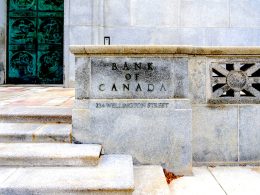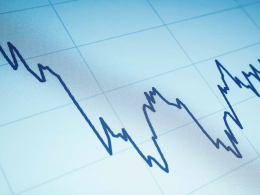As 2025 comes to a close, the U.S. economy looks less like it’s faltering and more like it’s catching its breath. Jobs are being added at a slower pace, but the labor market isn’t falling apart. Trade is steady, though hanging on a big Supreme Court decision, and the Federal Reserve is finally signaling a pivot toward rate cuts. Put together, these shifts mark a turning point—one that investors should read as transition, not trouble.
Gary Stringer, Kim Escue, and Chad Keller of Stringer Asset Management put it in plain English1: the economy is moving into a new phase of maturity, not decline.
A Labor Market Finding Its Balance
Job creation has clearly cooled in 2025, but Stringer says that’s only half the story. “On the demand side, the monthly Job Openings and Labor Turnover Survey (JOLTS) continues to show a decline in job openings, which confirms that employers are moderating their hiring plans. This is consistent with a broad economic cooling of the business cycle.”
On the supply side, there’s been a pullback too. Escue points out, “We are seeing a contraction in the labor force largely due to reduced immigration as stricter policies this year have constrained the labor supply.”
The result? Unemployment holding just above 4%, and wage growth settling into steadier territory. It’s a sign of balance, not collapse.
Trade at a Crossroads
Trade has been relatively calm lately, with net exports making only a muted contribution to GDP growth. But Keller warns that could change quickly. “Policy makers, businesses, and market participants are awaiting a major Supreme Court ruling on the legality of certain executive-imposed tariffs. If upheld, the status quo remains. However, if the court strikes down these tariffs, we could see a notable rebound in the sectors hardest hit, particularly automotive and industrial manufacturing.”
The verdict could ripple through margins, supply chains, and sector outlooks almost overnight.
The Fed Edges Toward a Pivot
After years of restrictive policy, the Fed is expected to start easing. “Investors are expecting the Fed to cut rates by 25 basis points (0.25%) at each of the next three meetings,” says Stringer. “This would represent a meaningful step toward normalization, especially after an extended period of restrictive policy.”
Still, Escue adds an important caveat: “When viewed alongside tepid money supply growth, monetary policy remains tight by historical standards.”
And Keller reminds us that revisions to job data matter here. “The Bureau of Labor Statistics recently revised job growth estimates downward by over 900,000 positions for the past year, signaling that the labor market may be weaker than previously believed.” That backdrop only strengthens the case for easing sooner rather than later.
Business Borrowing Picks Up
One of the brighter signs? A rebound in commercial and industrial lending. “The recent increase in borrowing suggests that business leaders are once again seeing viable opportunities for investment,” says Stringer. “This shift implies growing confidence in future demand, which could ultimately drive capital expenditures and productivity growth.”
After years of stalled lending, this is a welcome show of confidence.
Market Sentiment and the Cash Indicator
Stringer Asset Management’s Cash Indicator (CI) shows another side of the story. “After bouncing off very low levels and jumping with April’s tariff-related uncertainty, the Cash Indicator (CI) has been range bound below its historical norms,” notes Escue.
Low levels point to investor complacency—markets aren’t pricing in much risk. But Keller sees opportunity in that: “With a positive economic backdrop, we view bouts of volatility as opportunities to increase allocations to high quality businesses.”
What It Means for Investors
Stringer sums it up: “The U.S. economy is transitioning but not collapsing. Slower jobs growth, moderating wage inflation, and stable unemployment point to a labor market nearing equilibrium.”
Escue highlights where they see value: “We continue to favor quality U.S. businesses as well as investment grade fixed income, such as asset-backed securities, in the belly of the yield curve.”
In short: look past the noise, expect volatility, but recognize this isn’t a recessionary backdrop—it’s a shift into the next stage of the cycle.
Footnote:
1 Gary Stringer, Kim Escue. "Slowing Jobs Growth, Shifting Trade Winds, & a New Phase for Monetary Policy." ETF Trends, 15 Sept. 2025.













